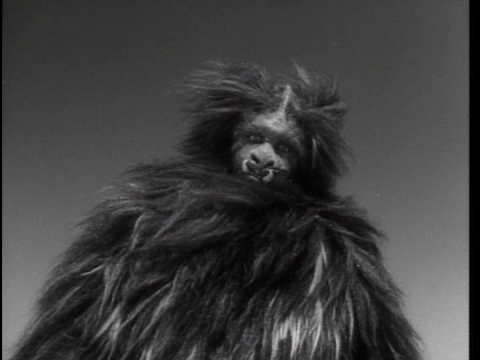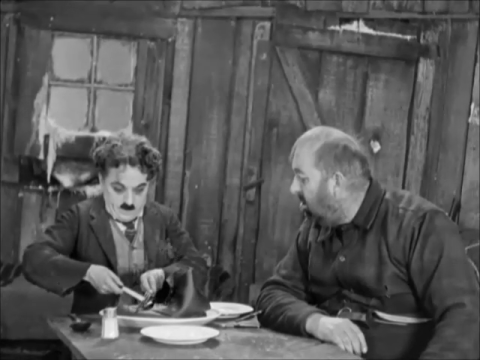As we are leaving the winter Olympics behind us, I stumbled across yet another film at the Internet Archive with a winter Olympics connection. Actually, I have seen it years ago, but forgot all about Barbara Wilson playing an American Olympic figure skater who is training in the Swedish part of Lapland. The film in question is Terror in the Midnight Sun, known in Sweden as Rymdinvasion i Lappland.
I have been trying to find some good background to this movie. Such as, who came up with the corny idea to make a Swedish horror B-movie in the first place? And how was anyone convinced to invest money in the production? Alas, no such info has emerged.
In America, it seems, this film is best known as Invasion of the Animal People, after Jeremy Warren butchered the original and added scenes and narration by John Carradine. The version at the Internet Archive, however, is not that. This is the original and much superior film. Oddly, it seems that this original was never distributed in America, even though it was a joint Swedish-American production.
Barbara Wilson gets ample opportunity to practice her screaming and fainting routine, as she does the standard female victim role with some bravado and less talent. She does provide some more interesting performance early in the movie, though.
There are some genuinely good aspects of this movie, such as the many mood-setting on-location shots from Stockholm and northern Sweden. There are also some well-made scale models that the man in the monster suit gets to wreck, and most of the dialogue makes sense (and I imagine native English-speakers find the genuine Swedish accents half amusing, half exotic). The music is good, too, especially during the closing credits.
But, of course, you do not watch Terror in the Midnight Sun for its qualitative moments, though they help to make the experience worthwhile.
This film is best enjoyed for the Swedish connection, the corny plot, the aliens looking like government officials in bathrobes and the laughable, low-budget special effects. And speaking of special effects, the white blot in the screen shot below is not the midnight sun; it is the alien ship.
Terror in the Midnight Sun
No longer available for download
Year: 1959
Running time: 1 h 11 min
Director: Virgil Vogel
Stars: Barbara Wilson, Sten Gester
Image quality: Good
Resolution: Medium (720×540)
Sound quality: Good
Best file format: MPEG2 (3.0 G)







